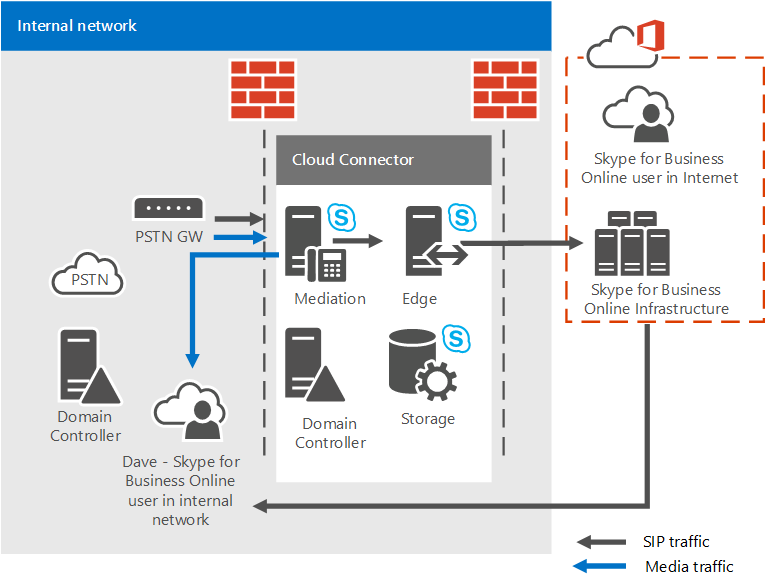

It is consistent with the role’s description and with the statement that these roles are for remote use only. This is the most straightforward scenario and is the behavior I would expect. If I open up a browser and go to the control panel remotely I will be able to login no problem. Let’s see what type of access this actually gets the user. He is only a member of one administrative security group: CsAdministrator. Let’s check out a handful of scenarios which demonstrate how weird this is. That might seem like a helpful statement but the ambiguity of it actually makes things even more confusing. Therefore, physical security of your Lync Server is important to preserve RBAC restrictions.” A user sitting at a server running Lync Server is not restricted by RBAC. “RBAC restrictions work only on administrators working remotely, using either the Lync Server Control Panel or Lync Server Management Shell. Now when you look at the Technet article on RBAC, you will see an interesting note at the top: Without the RTC groups, the RBAC roles actually don’t do anything. (there’s a great explanation of this process in this book) These local computer accounts are able to execute these commands because they are themselves members of certain RTC security groups which do have all of the correct permissions.

This service checks the RBAC roles which the user account is a member of, checks the cmdlets that are allowed by these roles, and then runs the commands under the SfB server computer account. Instead, the Cs groups are used through the Cs Management Web Service. This is because the Cs groups do not actually have permission to anything themselves. These groups are critical to Skype for Business services running.Ĭs groups on the other hand are purely used for administration and are not really found anywhere in a deployment aside from within the OU where they are created. One major difference is that RTC groups are everywhere within a deployment, such as special permissions on AD objects, folder permissions, SQL permissions, CMS replication, topology changes, and of course, administration. While it’s true that RBAC roles were added in 2010 and provided a new and flexible way to split up administrative capabilities, it’s not nearly that straightforward. Some people mistakenly think that RTC groups are legacy and RBAC rules are the newer way to grant permissions. This is not the case and I’ll explain why. Given the similarities, it might actually seem like you could choose one a method of granting an administrator either RTC membership OR Cs membership. Can expand a deployment by adding new sites, pools, and services

#Vsphere install skype for business server software#
Can prevent new connections to servers, stop and start services, and apply software updates. CsServerAdministrator: Can manage, monitor, and troubleshoot servers and services.RTCUniversalReadOnlyAdmins: Allows members to read server, pool, and user settings.



 0 kommentar(er)
0 kommentar(er)
